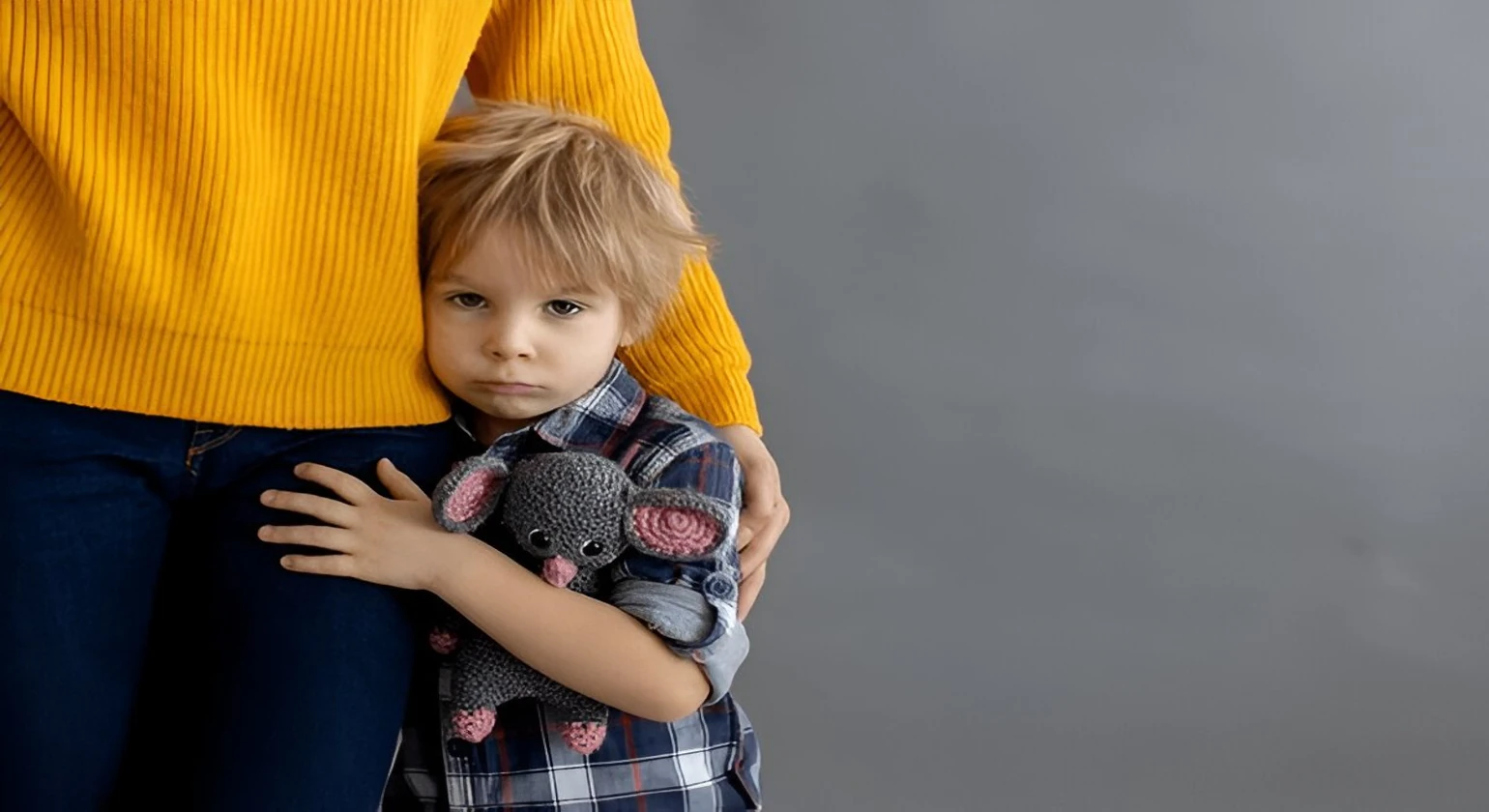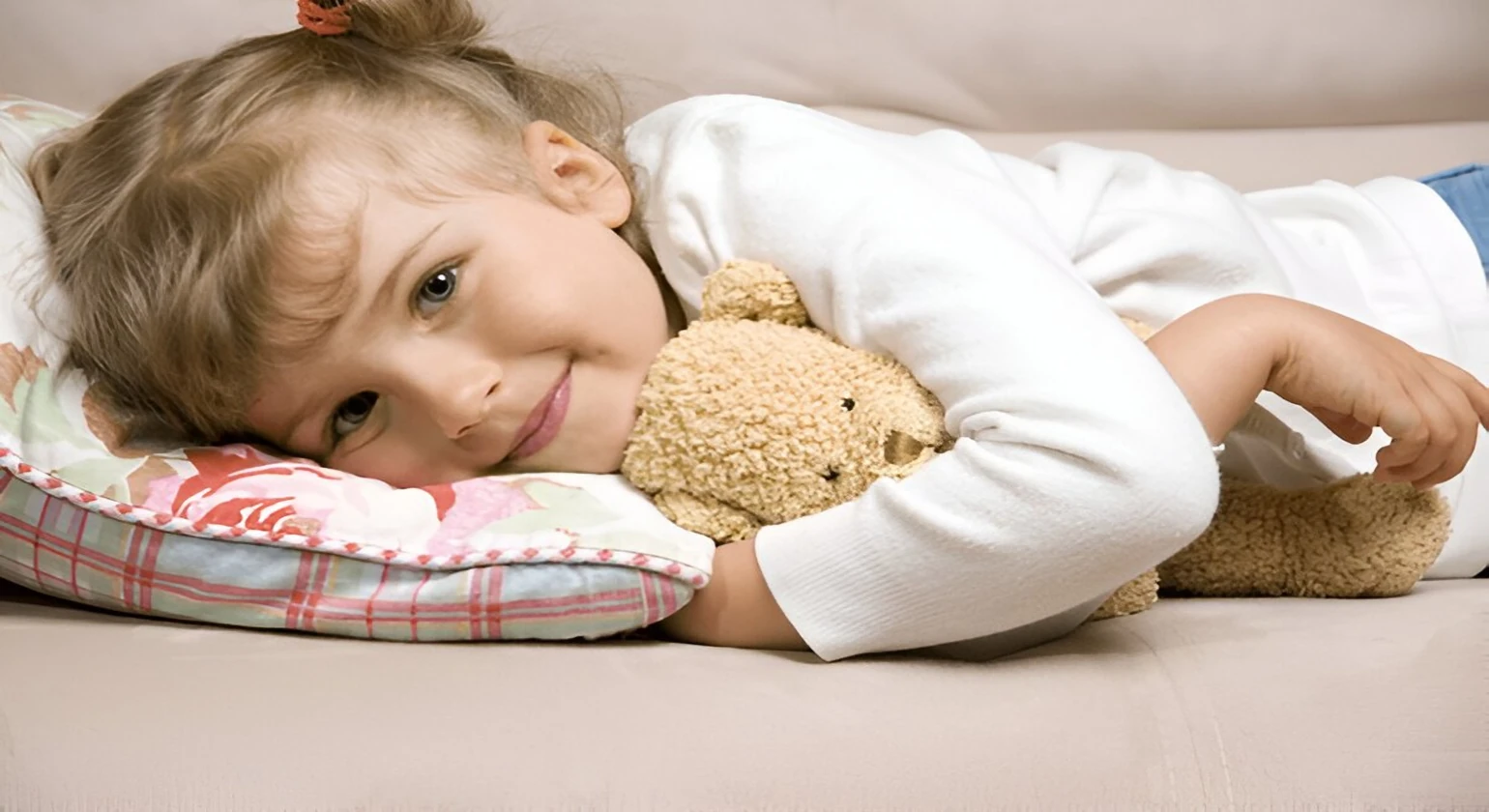Table of Contents
Introduction
Separation anxiety in relationships is more than just missing someone—it’s an intense, often overwhelming fear or distress that arises when apart from a loved one. Whether in romantic partnerships, friendships, or family connections, this anxiety can affect how we think, feel, and behave, sometimes disrupting daily life and emotional health.
Recognizing and addressing separation anxiety in relationships is essential for building and maintaining healthy, secure connections. When left unaddressed, it can strain bonds, lead to codependency, or cause emotional exhaustion for both partners. But with understanding and the right tools, individuals can manage separation anxiety, fostering greater emotional resilience and relationship satisfaction.
At Lakes Counseling, Minnesota, we’ve supported countless clients navigating separation anxiety in various relationships. Through compassionate guidance and evidence-based therapy, we help individuals and couples develop healthy coping strategies that promote independence, trust, and peace of mind.
Understanding Separation Anxiety in Relationships

Separation anxiety in relationships is often misunderstood as simply missing your partner or feeling lonely when apart. However, it goes deeper—a persistent and disproportionate fear of being separated that triggers emotional and sometimes physical distress. This can manifest as panic, worry, clinginess, or even attempts to control a partner’s whereabouts to feel secure.
While commonly associated with children, separation anxiety as an adult is a real and impactful experience. It can arise in romantic relationships, friendships, and even familial bonds. Adults with separation anxiety may feel extreme distress when their partner is away or emotionally unavailable, leading to behaviors such as constant texting for reassurance, difficulty engaging in solo activities, or fears of abandonment.
This type of anxiety differs from normal relationship stress because it is persistent, intense, and interferes with day-to-day functioning. It’s important to understand these distinctions so that individuals can identify when they might be experiencing separation anxiety and seek appropriate support.
Recognizing Signs and Symptoms of Relationship Separation Anxiety

Separation anxiety in relationships can manifest in a variety of emotional, behavioral, and physical ways. Understanding these signs is crucial to recognizing when the anxiety goes beyond typical feelings of missing someone and starts affecting your well-being or relationship health.
Emotional and Behavioral Signs
Excessive Worry or Fear When Apart
You may find yourself constantly anxious or panicked at the thought of being separated from your partner, even for short periods.
Need for Constant Reassurance and Validation
Repeatedly seeking confirmation that your partner still loves you or won’t leave can be a sign of separation anxiety.
Difficulty Enjoying Time Alone or Pursuing Solo Interests
You might avoid activities or social events if they require being apart from your partner, leading to a loss of independence.
Fear of Abandonment or Being Left Behind
This deep-seated fear can result in clinginess, jealousy, or attempts to control your partner’s availability.
Overanalyzing Communication
Ruminating over texts, calls, or social media interactions, interpreting small delays or vague messages as signs of trouble.
Physical Symptoms
Separation anxiety doesn’t just affect emotions; it can also produce physical symptoms such as nausea, headaches, increased heart rate, or even panic attacks when separation occurs or is anticipated.
If you or someone you know experiences these symptoms consistently and they interfere with daily life, it may indicate separation anxiety in relationships, and it’s important to address it proactively.
Root Causes and Contributing Factors to Separation Anxiety

Separation anxiety often develops from a complex interplay of early life experiences, personality traits, and relationship dynamics. Understanding the root causes can empower individuals and couples to address the underlying issues effectively.
Attachment Theory and Childhood Experiences
Our earliest relationships with caregivers shape how we bond as adults. According to attachment theory, inconsistent caregiving or trauma during childhood can lead to insecure attachment styles — such as anxious-preoccupied attachment — that make separation anxiety more likely in adult relationships.
Previous Trauma and Loss
Experiencing loss, abandonment, or trauma in past relationships can create heightened sensitivity to separation, making individuals fearful of repeating painful experiences.
Relationship Dynamics
Patterns like codependency or overly enmeshed relationships can intensify separation anxiety, where boundaries between partners blur and emotional independence is compromised.
Life Transitions and Stressors
Significant life changes — such as moving, job loss, or the postpartum period — can trigger or worsen separation anxiety. For example, postpartum separation anxiety is common among new parents, especially mothers, who may worry intensely about being apart from their infant.
Separation Anxiety Across the Lifespan

Separation anxiety is often associated with young children, but it manifests uniquely across different stages of life. Understanding these variations can help parents, caregivers, and individuals respond with empathy and effective support.
Separation Anxiety as an Adult
Unlike childhood separation anxiety, which usually resolves naturally, adult separation anxiety can persist and impact romantic, familial, and platonic relationships. Adults may struggle with fears of abandonment, difficulty trusting partners, or overwhelming distress when apart. These challenges require tailored coping strategies, including therapy, communication skills, and building emotional independence.
Separation Anxiety in Teens
Teens may exhibit separation anxiety through refusal to sleep away from home, physical complaints like stomachaches or headaches, and increased irritability or aggression. When anxiety becomes severe and persistent, it can interfere with school, social activities, and family life, sometimes qualifying as Separation Anxiety Disorder. Early recognition and support are key to helping teens regain confidence and autonomy.
Postpartum Separation Anxiety
New parents, particularly mothers, often experience heightened worries about being separated from their newborns. This postpartum separation anxiety can contribute to sleep disruptions, emotional distress, and challenges in bonding with the infant. Understanding that these feelings are common and temporary can reduce shame and encourage seeking support from partners, family, or professionals.
Sleep and Separation Anxiety - Helping Toddlers and Children Find Rest

Separation anxiety often affects sleep patterns, especially in toddlers and young children. Sleep disruptions can be distressing for the child and exhausting for parents, but knowing the causes and management techniques can make bedtime easier.
Toddler Separation Anxiety Sleep Issues
Around 8 to 14 months of age, toddlers commonly experience separation anxiety that disrupts sleep. They may resist bedtime, wake frequently, or become distressed when caregivers leave the room. These behaviors are normal developmental phases but can challenge family routines.
Separation Anxiety in Toddlers at Night
Separation anxiety often peaks again around 18 months and near age 2, marked by clinginess, crying at bedtime, and fear of sleeping alone. While it is usually resolved by preschool age, persistent issues may need additional attention.
Separation Anxiety at Bedtime vs. Sleep Regression
Parents often confuse separation anxiety with sleep regressions, but they differ. Sleep regressions relate to developmental changes affecting sleep cycles, while separation anxiety is specifically tied to fear of being apart. Managing separation anxiety involves consistent bedtime routines, comforting transitional objects (like a favorite blanket or stuffed animal), and gentle reassurance without reinforcing dependency.
Practical Coping Strategies for Separation Anxiety

Managing separation anxiety effectively requires personalized approaches depending on age, relationship type, and severity. Here are strategies tailored for adults, partners, children, teens, and postpartum parents.
For Adults and Partners
- Open Communication:
Share fears and needs honestly with your partner to build mutual understanding and reduce anxiety. - Build Emotional Independence:
Engage in solo hobbies, self-care, and social activities to strengthen your sense of self. - Set Healthy Boundaries:
Learn to respect personal space while fostering connection; trust grows when partners maintain autonomy. - Seek Professional Help:
If anxiety disrupts daily life or your relationship, counseling or therapy can provide tools to manage fears and build security.
For Children and Teens
- Gradual Exposure to Separations:
Slowly increasing time apart can build confidence and reduce anxiety. - Consistent Routines and Transitional Objects:
Predictable schedules and comfort items help toddlers feel safe. - Supportive Parenting:
Validate feelings without enabling clinginess, encouraging emotional expression and independence.
For Postpartum Parents
- Normalize Your Feelings:
Understand that postpartum separation anxiety is common and temporary. - Seek Support:
Rely on your partner, family, and professionals to share caregiving and emotional burdens. - Practice Self-Compassion:
Prioritize rest and self-care to strengthen your resilience.
When to Seek Professional Help

Knowing when separation anxiety crosses from typical worry to a disorder is crucial for timely intervention.
Criteria for Separation Anxiety Disorder
- Anxiety persists for more than four weeks (in adults) or six weeks (in children).
- The anxiety significantly impairs daily functioning, relationships, or emotional health.
- Symptoms include intense distress, panic attacks, or avoidance behaviors that limit independence.
How Therapy Can Help
Therapists can assist by:
- Identifying underlying attachment issues and trauma.
- Teaching coping mechanisms and emotional regulation skills.
- Supporting both individuals and couples in improving communication and trust.
- Offering family-based interventions for children and teens.
Seeking Help at Lakes Counseling, Minnesota
Our experienced counselors provide compassionate, evidence-based care customized to your needs. Whether you’re dealing with separation anxiety as an adult, parenting a child struggling with anxiety, or navigating postpartum fears, we’re here to support your healing journey.
Conclusion
Separation anxiety in relationships is a common but manageable challenge that affects individuals across all ages. Recognizing the signs, understanding the causes, and applying compassionate coping strategies can transform anxiety into healthier, more secure connections.
If you or a loved one struggles with separation anxiety, don’t hesitate to seek support. Taking proactive steps today promotes emotional well-being and strengthens the bonds that matter most.
At Lakes Counseling, Minnesota, we’re committed to guiding you through separation anxiety toward greater peace and fulfillment in your relationships.
Read more –
Signs You Are Recovering from Anxiety Simple Ways to Tell
Inpatient Treatment for Anxiety Signs You Need Immediate Help
FAQ's
What is separation anxiety in relationships?
Separation anxiety in relationships is intense fear or distress experienced when apart from a loved one, affecting emotional well-being and daily functioning.
Can adults have separation anxiety?
Yes, separation anxiety can affect adults, causing clinginess, fear of abandonment, and emotional distress during physical or emotional separation from partners.
How can I cope with separation anxiety from my partner?
Open communication, building independence, setting healthy boundaries, and seeking therapy are effective ways to manage separation anxiety in relationships.
When should I seek professional help for separation anxiety?
If anxiety lasts weeks, disrupts daily life, or causes intense distress, consulting a therapist can provide tailored strategies to manage symptoms.
Is separation anxiety common after childbirth?
Yes, postpartum separation anxiety is common among new parents, especially mothers, due to worries about being apart from their infant.
